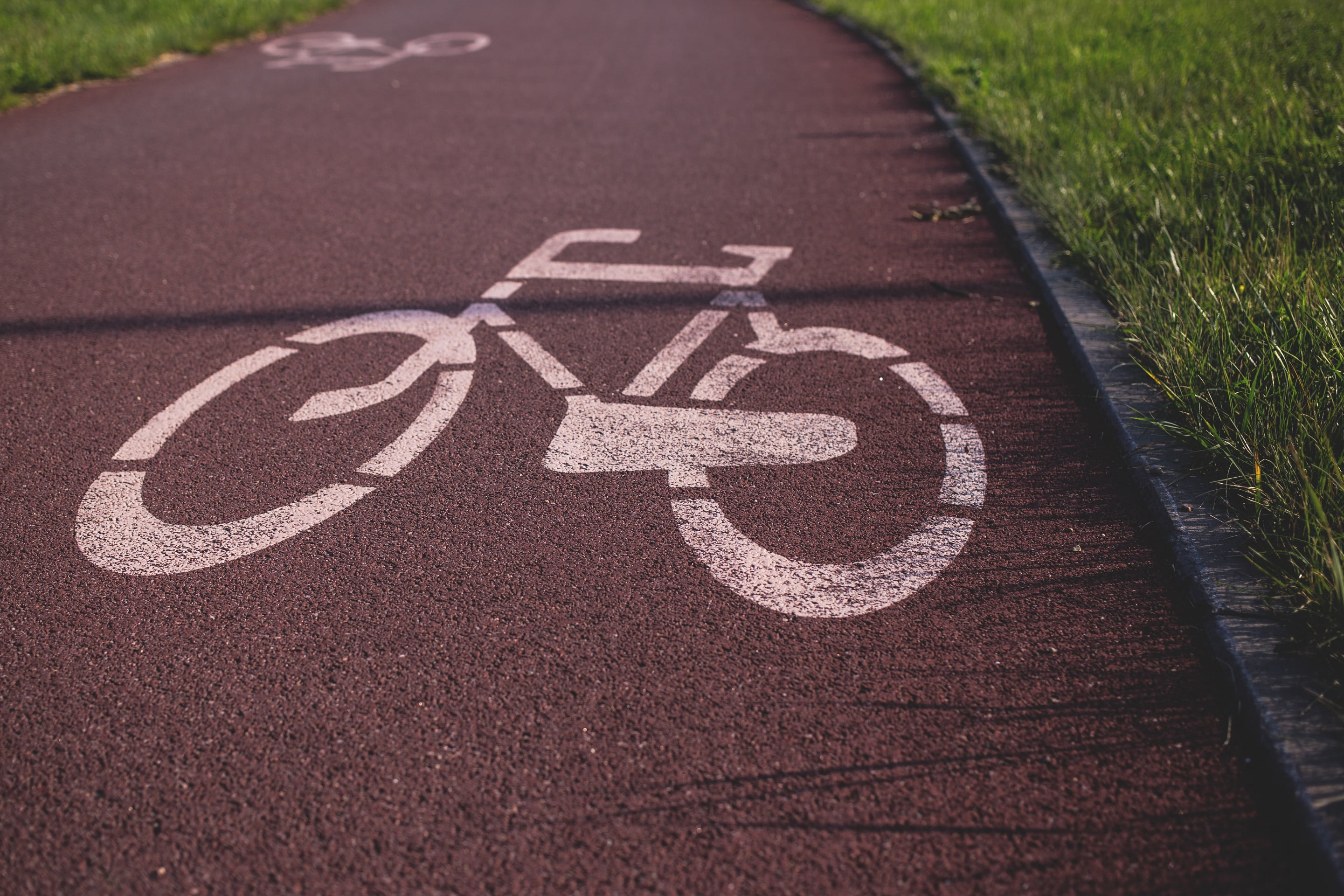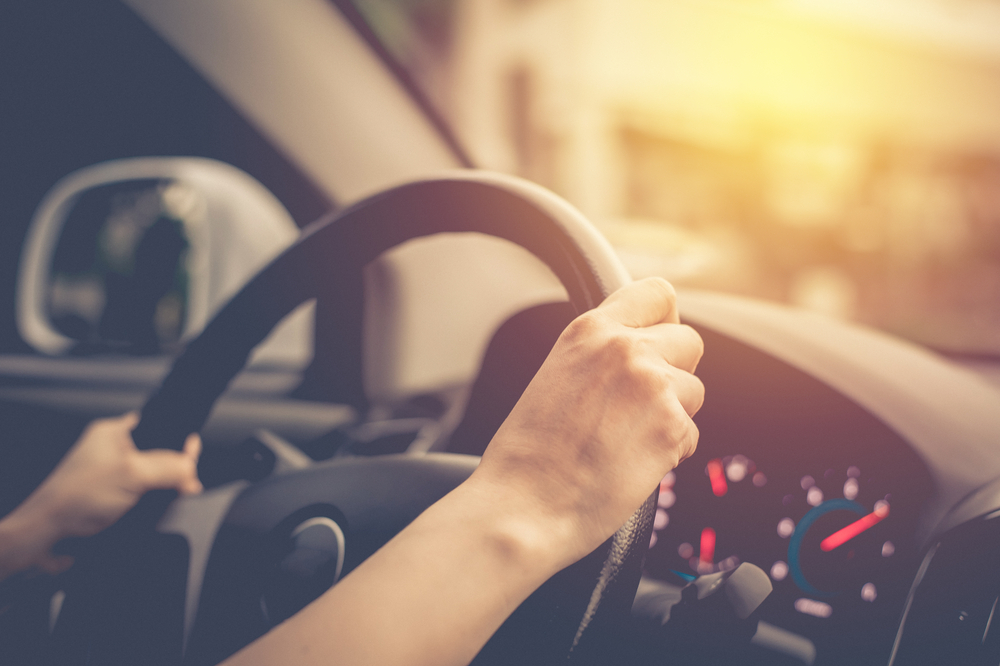In the present day, it is no secret that anything you post online goes onto your digital permanent record. Deleted posts, while not visible to your friends or family, never fully disappear. Therefore, it is extremely imperative that those who enjoy sharing photos, status updates, and location information with their social media audiences be mindful of what they choose to post.
You would not want your boss to see your long-winded status update complaining about the new office policy, would you? Our guess is no. However, job security is no longer the only thing that can be threatened by social media – personal injury claims are too. Allow us to explain:
Inconsistent Images
Social media is not typically the most authentic place. Your feeds have given you the opportunity to present the most envy-inducing version of yourself to anyone who views them, and most people take advantage of that power.
Including defence lawyers.
If your life were dramatically altered after a car accident-related brain injury, chances are that you would not post or feel like posting when you were in the midst of dealing with painful side effects. Mental health issues caused by the accident will likely go unmentioned on your Facebook timeline, and details about the physical injuries you sustained will not be described in detail, if at all.
So how does it look to an opportunistic defence lawyer, when on the one evening you decided to go to your friend’s annual Labour Day barbecue, multiple photos were taken and posted online that made it appear that you were out and about, having the time of your life?
This is where many sufferers who are seeking compensation for their injuries misstep. If you are claiming the accident has dramatically affected your emotional life, but meanwhile, you are trying to portray a carefree and happy image on social media, the defence could use that as evidence to have your case thrown out.
Proper Protocol
If you experience a personal injury, it is wise to avoid posting anything on social media from the day you are injured until the day your case has been settled in court. Despite your abstinence from social media, friends and family still have the power to post updates and images related to you. Therefore, it is highly advised that you speak to those within your inner circle about the potential risks associated with your social media presence and ask them to avoid mentioning you online. Furthermore, while having airtight privacy settings is a good security step to take, the settings may not protect you from the defence gaining access to your posts.
Social media can be great fun, however, suffering after a personal injury is far from it.
If you have been injured in an accident, you may be able to receive compensation for the damages you faced. Contact us to book your free consultation.















